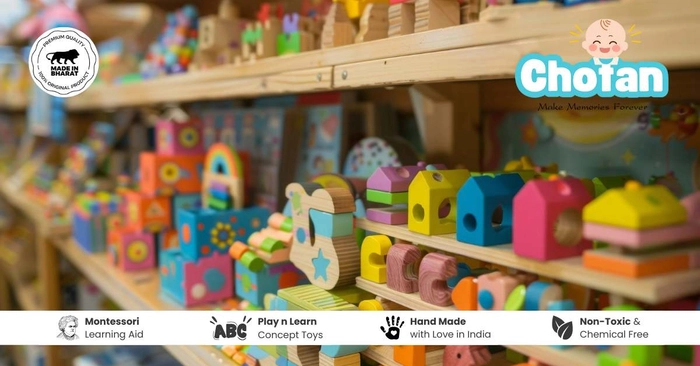The early years of a child’s life are pivotal for cognitive and motor skill development, and introducing scientific concepts during this period is a powerful way to nurture curiosity. Scientific kits offer a blend of learning and play that can engage preschool children while equipping them with fundamental STEM (Science, Technology, Engineering, and Mathematics) skills. For preschool partners and teachers, these kits are excellent resources that foster hands-on exploration, encourage problem-solving, and instill a love for learning in a memorable way.
Benefits of Scientific Kits for Kids
Scientific kits are designed to go beyond textbook learning. They provide immersive, hands-on experiences that make abstract concepts tangible and easy to grasp for young minds. Kids can explore a wide range of scientific phenomena, such as magnetism, plant life, color mixing, and much more, through practical experiments. This hands-on approach is proven to enhance critical thinking, spark creativity, and improve fine motor skills.
By engaging children with scientific kits, educators can cultivate skills like observation, hypothesis testing, and communication. Many kits require teamwork, helping kids learn to cooperate and problem-solve together. These attributes not only create a strong foundation in science but also contribute to social and emotional development.
Top Scientific Kits Recommendations
-
Nature Exploration Kit
This kit opens doors to the world of nature by allowing children to explore plant life, soil, insects, and more. Activities include planting seeds, observing plant growth, and studying small creatures. For preschool teachers, it’s a great way to introduce environmental science in an engaging and meaningful manner. -
Magnetic Science Kit
With magnets, kids can explore concepts like attraction, repulsion, and magnetic fields through engaging experiments. Teachers can use this kit to demonstrate physics concepts in a playful environment, captivating young minds. -
Color Mixing Kit
This kit lets children experience the wonder of chemistry by mixing different colors to create new hues. It’s a simple yet powerful way to teach about chemical reactions, light, and primary colors, making it ideal for classroom demonstrations. -
Simple Machines Kit
Introduce kids to the fundamentals of engineering with gears, pulleys, levers, and wheels. This kit helps children understand basic mechanical concepts, encouraging them to build simple devices and explore cause-and-effect relationships.
Tips for Preschool Partners and Teachers
Incorporate Scientific Kits in Lesson Plans: Integrating these kits into lesson plans makes learning interactive. For example, when teaching about the water cycle, children can observe evaporation and condensation through experiments. Practical experiences strengthen theoretical understanding and make concepts more relatable.
Create Hands-On Learning Environments: Transforming a classroom into a mini-laboratory with scientific kits is a great way to spark excitement and interest. Children love role-playing as scientists, complete with goggles, aprons, and lab tools, which adds to their engagement and enhances learning outcomes.
Encourage Inquiry and Curiosity: Allowing children to ask questions and explore freely during scientific activities nurtures their natural curiosity. This fosters a mindset of inquiry and problem-solving, preparing them for lifelong learning.
Foster Collaborative Learning: Many scientific kits can be used as group activities, encouraging teamwork and cooperation. Through collaborative learning, children learn to communicate, share ideas, and solve problems together, building both academic and social skills.
Check out our Products: Baby Tusker Elephant | Cute Doll Soft Toy | Teddy Companion | Play Soft Ball |
Making Scientific Exploration Fun
One of the most significant advantages of using scientific kits is making learning a joyful experience. By focusing on play-based learning, children can retain information better while enjoying themselves. Teachers can turn abstract concepts into playful experiments, helping kids understand and apply what they learn in their daily lives. For example, using a “weather station kit” to measure temperature, rainfall, and wind speed makes kids active participants in learning about climate and weather patterns.
Why Scientific Kits Matter
Scientific kits help bridge the gap between learning and doing. They break down complex scientific theories into manageable, hands-on experiments that are engaging and educational. For children, this translates to building confidence in their scientific abilities. By making science accessible and enjoyable, preschool partners and teachers can help develop a love for learning that endures well into the future.
Conclusion
Scientific kits offer unparalleled opportunities to engage children’s minds, teaching valuable STEM concepts while making science fun and accessible. Preschool partners and teachers can create memorable learning experiences that foster creativity, critical thinking, and a lifelong passion for discovery. Encourage hands-on exploration with these kits and watch young learners thrive and grow!

